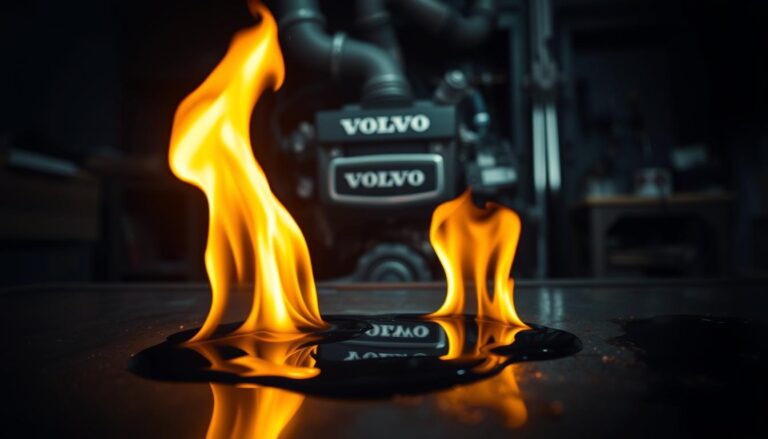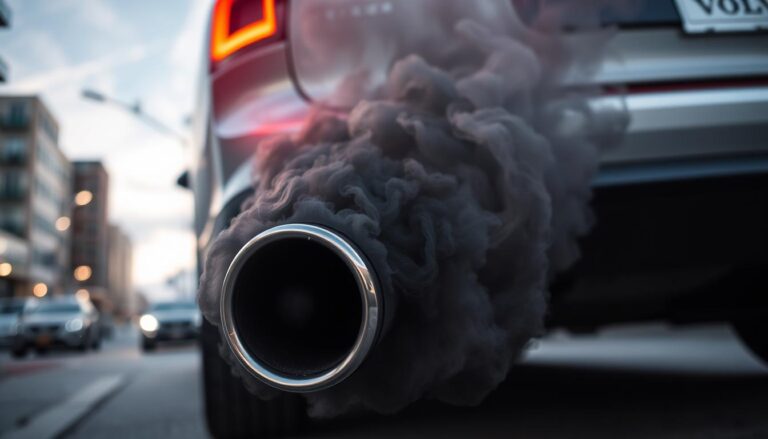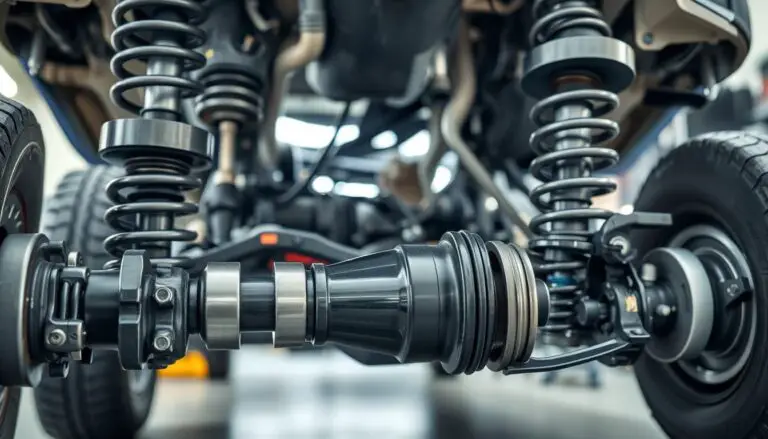This guide explains the “Volvo Engine System Service Required” message, who sees it, and what to do next.
If your car shows that alert on the display, it usually flags a condition the vehicle wants checked soon rather than an instant breakdown.
Owners report this warning on newer diesel models at low miles. Common patterns from community threads include cruise control disabling and the message clearing after a restart.
Real causes range from a software logic trigger and recall updates (like R29149) to overfilled or wrong oil grade, or interrupting a diesel particulate filter regeneration.
Most issues are manageable with basic checks, but a persistent message can lead to drivability limits or limp mode. Note the time (morning start), mileage, model, and any lights shown.
This article previews quick safety steps, at-home diagnostics, oil checks, when a highway drive helps, and dealer-level fixes including ECM updates and recalls. Keep simple notes to help your dealer or mechanic answer questions fast.
Key Takeaways
- The display message signals a condition that needs inspection, not always an immediate failure.
- Community reports show the alert can appear on low-mileage diesels and may disable cruise control.
- Causes include software logic, oil overfill or wrong grade, and interrupted DPF regeneration.
- Many fixes are simple, but persistent warnings can cause limp mode or driving limits.
- Document model, miles, time, and any lights to help a dealer diagnose faster.
- The guide covers home checks, oil-spec steps, highway drives, and dealer diagnostics/recalls.
Understanding the “Engine System Service Required” message on your Volvo
This dashboard prompt signals the vehicle’s monitoring logic has flagged a parameter that needs attention. It differs from a simple check engine light because it can cover a wider set of conditions, not only emissions faults tied to OBD-II codes.
What the dashboard warning means versus a standard check engine light
The check engine light typically shows stored emissions codes and points to specific P-codes. The displayed message can be broader and include oil-level logic, DPF status, or sensor plausibility checks.
Models, engines, and driving conditions where this message appears
Owners in community threads report this message most often on diesel models with DPF regeneration cycles. Short trips, city driving, and shutting the car off during an active regen increase chances of the warning showing up.
- Symptom link: The message may coincide with cruise control disabled or a mid-trip shutdown.
- Intermittent display: The alert can clear after restart, so take a photo and note the conditions when it appears.
- Next step: Pull an OBD-II code to give the dealer a concrete starting point.
Volvo Engine System Service Required: quick actions to take right now
When a warning pops up mid-trip, prioritize safe handling and quick verification.
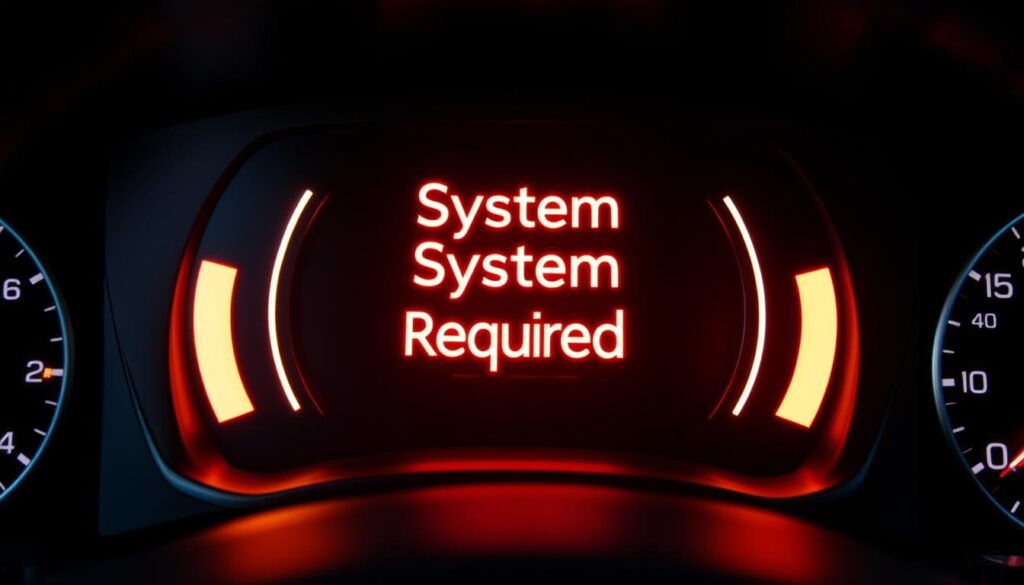
Safety first: when to pull over and when it’s safe to continue
Prioritize safety. If the car feels weak, is in limp mode, or shows extra lights, move to a safe spot away from traffic and stop.
If drivability seems normal, with no odd sounds, smells, or heat, you can usually continue at low speed to a nearby parking area or dealer.
Cycle the ignition and recheck
Try a controlled ignition cycle: switch off, wait 60–90 seconds, then restart. A restart often clears the message and restores cruise control.
Note whether the alert returns on your next start. If it repeats a couple of times, record the time (for example, a morning start), conditions, and any recent fuel stops.
If cruise control is disabled or the car is in limp mode
If cruise remains disabled or limp mode persists, limit driving. Plan a direct route to a trusted mechanic or dealer so you avoid being stranded.
Don’t clear codes with phone apps before you record the exact P-code(s). That code helps the technician diagnose the problem and get you back to work faster.
Common causes behind the message and how to spot them
A stopped diesel regeneration during short trips is a frequent root cause.
Interrupted DPF regen: Frequent short runs and weeks of city driving can halt a regen. Stopping the car mid‑cycle — for example at a fuel stop — often triggers the alert and may disable cruise control.
Oil level rise or dilution: Fuel dilution after post‑injection can raise oil levels over time. An overfill after an oil change, or adding much oil with the wrong weight, can trip the level logic.
Sensitive or faulty sensor: A marginal oil level sensor may report a fault even when the dipstick looks fine. Correlate sensor readings with a manual check before replacing parts.
Filler cap and ventilation: A cracked or oil‑logged vented cap can disturb crankcase flow. Owners have fixed persistent warnings by replacing the cap.
Stored fault codes: Even a single on‑screen message usually leaves a stored P‑code in the ECM. Retrieve the exact code to narrow diagnosis and speed a dealer visit.
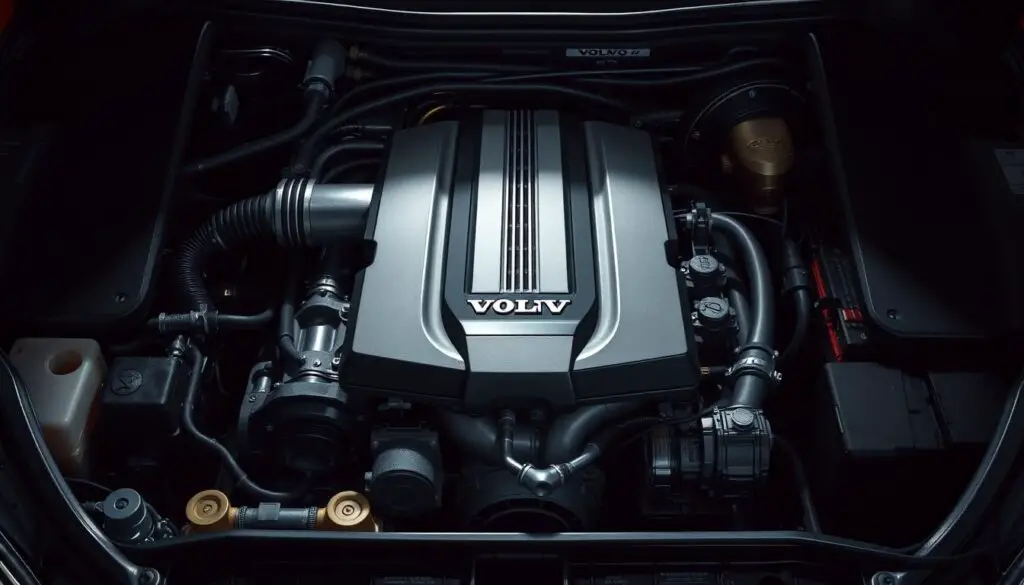
| Cause | How to spot it | Quick check |
|---|---|---|
| Interrupted DPF regen | Warning after short trip; cruise disabled | Note shutdown timing; try a highway drive |
| Oil overfill / dilution | Rising oil levels on dipstick after weeks | Measure dipstick; compare to service records |
| Faulty level sensor | Sensor fault code with normal dipstick | Record code; validate with manual check |
| Vented filler cap issue | Oil-logged cap or hardened seal found | Replace cap; recheck for recurring warning |
DIY checks and simple fixes before visiting a dealer or mechanic
Start with a quick code read; knowing the exact Pxxxx cuts guesswork and speeds repairs. Free reads at retailers like AutoZone will give you the P-code and freeze frame data. Write that down so a technician can answer question prompts faster.
Read the code first
Pull the actual OBD-II code. Record the Pxxxx code and any freeze-frame data. This one step helps a mechanic position the right repairs and avoids unnecessary part swaps.
Check oil level and condition
Park on level ground, engine off and cool. Use the dipstick to verify levels — if oil sits above the max mark, remove small amounts until it’s in the correct range.
Smelling like fuel or feeling thin on the dipstick often signals dilution from interrupted DPF regen. If oil is compromised, plan an oil change with correct fluids.
Confirm oil spec and refill history
Verify the correct viscosity listed on the under-hood label or owner’s manual (common specs: 0W-30 or 5W-30; 5W-40 may be acceptable in warmer climates). Check your service invoice to confirm how much oil was added.
Inspect and replace the filler cap
Remove the cap and check the rubber seal for cracks or hardening. Look for oil pooling inside the cap; a vented, oil-logged cap can trigger false readings. A replacement cap is inexpensive and often stops repeated warnings.
- Visually check nearby PCV/vacuum hoses for cracks or whistling.
- Clear debris around the cap seating and reseat the cap fully.
- Keep a short log: P-code, dipstick reading, oil type, cap condition — bring this to the dealer.
| Check | What to look for | Quick action |
|---|---|---|
| OBD-II code | Pxxxx and freeze frame | Record code; show mechanic |
| Oil level | Above max or low | Drain small amounts or top to spec |
| Oil condition | Fuel smell or thin | Plan oil change; note dilution |
| Filler cap | Cracked seal or oil inside | Replace cap; retest |
When a longer drive helps and when it doesn’t
A 15–30 minute stretch at consistent speed is the simplest way to help a halted regeneration finish. Keep speeds steady on a highway or open road so exhaust temperatures stay high enough to burn accumulated soot. Avoid stop-and-go traffic; interruptions reduce heat and can stop the regen mid‑cycle.
Signs the regen didn’t complete: the same message returns quickly after restart, cruise control stays disabled, or the car shows drivability changes across the next few miles. If one of these appears, the attempted session likely failed.
Repeat highway runs usually help cars that see only short trips for weeks. Plan at least one weekly run to keep the filter clear. However, if the message comes back over months despite proper drives, an underlying fault — like overfilled oil, a sensor issue, or software logic — may be blocking resolution.
Do not attempt long drives when the car is in limp mode. Get diagnostic checks first. Monitor outcomes for several weeks before assuming the pattern is fixed, and escalate to a dealer or technician if the problem persists.
Dealer-level diagnostics, software updates, and recalls
Bring photos of the display, saved P-codes, and a short timeline (for example, a morning start) when you visit the dealer. That documentation helps technicians tie intermittent warnings to the right fault thread quickly.
What the dealer will check
Dealers read brand-specific live data beyond generic OBD-II. They review DPF load, oil level sensor output, regen history, and recent event logs.
Technicians validate sensor plausibility, inspect the filler cap and PCV vents, and confirm oil level against spec. They may reset service counters after a verified oil change.
ECM updates, recalls, and repair flow
ECM software updates — including campaigns issued months ago — have targeted false-positive triggers and oil-dilution logic (recall example R29149).
Typical visit flow: intake with symptom details, full scan, live-data review, targeted checks, and documented test drives or highway cycles to confirm the message does not return.
| Step | What dealer checks | Why it matters |
|---|---|---|
| Scan and print faults | Stored P-codes and freeze-frame | Provides objective evidence and a repair trail |
| Live-data validation | DPF load, oil level sensor, regen history | Shows if a sensor or regen logic caused the alert |
| Software & campaigns | ECM calibrations and recalls | Updates can prevent false triggers without parts |
| Physical checks | Filler cap, PCV, oil spec and level | Fixes venting or overfill issues that trip logic |
Ask questions and request a printout of the fault and freeze-frame data. A documented thread of diagnostic steps protects you if the issue returns and supports warranty claims.
Conclusion
This message is usually a solvable prompt that points to DPF cycles, oil level or sensor logic, or a software calibration.
Methodical steps bring the fastest answer: document the warning, pull the code, verify oil level and viscosity, check the filler cap, and try a safe highway run if conditions allow.
Avoid adding much oil at once; confirm the correct volume and viscosity on any recent change. If the alert repeats within a week or appears with a check light, schedule a dealer visit and bring your notes so the advisor can answer question items quickly.
Simple faults matter: a cracked cap seal or vent issue can trigger the message and are cheap fixes. Track miles and days after repairs—no return of the message after a full regen means you’re on the right way.
Prioritize safety in traffic or limp mode and keep your records organized to speed any future diagnosis.
FAQ
What does the “Engine System Service Required” message mean compared with a standard check engine light?
The message is a more specific alert tied to vehicle systems beyond a generic CEL. It often indicates drivetrain, oil-level, DPF, or sensor issues that merit attention but may not immediately affect drivability. A CEL points to stored emissions or engine fault codes; this message usually accompanies or precedes stored P-codes and may trigger reduced performance or system restrictions.
Which models, engines, and driving conditions commonly show this message?
Mid- to late-model Volvos with diesel and some modern gasoline engines show this more often. Short city trips, frequent cold starts, and long intervals between highway drives increase the chance of DPF and oil-dilution related triggers. Heavy traffic, towing, or extended idling can also contribute.
What should I do immediately when the message appears? Is it safe to keep driving?
First, drive safely to a low-traffic area and park if you notice loss of power, smoke, or other abnormal behavior. If the car feels normal, you can continue cautiously to a service location. Avoid high loads or sustained high speed until the cause is known. If the vehicle enters limp mode or disables cruise, stop and seek service.
Why does cycling the ignition sometimes clear the message?
Temporary sensor glitches, transient conditions, or a one-off incomplete regen can set a flag that clears after a key cycle. That’s not a fix—if the message returns, the underlying fault remains and needs diagnosis to prevent recurrence or damage.
What are the signs that cruise control has been disabled or the car is in limp mode?
You’ll see a loss of cruise functionality, reduced maximum speed, limited throttle response, or a warning lamp. The display may show messages instructing you to stop or contact a dealer. These protective measures reduce risk of further damage.
How does interrupted DPF regeneration cause this warning on diesel models?
DPF regen needs extended, steady exhaust temperatures to burn off soot. Repeated short trips or low-mileage city driving prevent completion, causing increased soot load and related sensors to flag the system. Over time this triggers alerts and stored fault codes tied to regeneration failures.
Can oil level problems trigger this message? What about oil dilution from DPF soot/fuel?
Yes. Both overfilled oil and oil diluted by fuel or soot can trigger level sensors or related logic. Overfill after an oil change or using the wrong oil type can cause pressure and ventilation issues. Oil dilution lowers viscosity and causes sensor readings that prompt service warnings.
Could a faulty oil level sensor cause false warnings?
Absolutely. A sensitive or failing oil-level sensor may send incorrect readings, storing a fault code on the ECM. Replacing the sensor or validating readings with a mechanical check often resolves false triggers.
How can the oil filler cap affect crankcase ventilation and trigger warnings?
A cracked, loose, or oil-logged filler cap rubber seal can leak or block proper venting, upsetting pressure balance and sensor readings. Replacing a damaged cap is a low-cost, simple fix that often stops related warnings.
Why is it important to read the exact P-code stored in the ECU?
The Pxxxx code points to the subsystem and failure mode, guiding efficient repairs. Without the exact code, mechanics may guess, leading to unnecessary parts replacement or missed root causes. An OBD-II scan reveals the exact fault.
What DIY checks should I do before visiting a dealer or mechanic?
Use an OBD-II scanner (many AutoZone stores will scan free) to capture P-codes. Check the oil level with the dipstick and correct overfill carefully. Inspect oil quality for dilution or fuel smell. Verify the oil spec and viscosity matches manufacturer recommendations. Examine the oil filler cap and replace if the seal is damaged.
What oil viscosities are commonly recommended and when should I be cautious?
Typical specs include 0W-30 or 5W-30 for many climates; 5W-40 may be used in hotter regions. Always follow the owner’s manual. Using incorrect viscosity can worsen dilution issues and alter sensor readings.
How long and how should I drive to encourage a complete DPF regeneration?
A sustained highway run at steady speeds—typically 15 to 30 minutes—helps the exhaust reach regeneration temperatures and complete the burn cycle. Avoid stopping mid-regeneration and aim for consistent RPM and load during the run.
What are signs a regen didn’t complete and why do short trips make the message recur?
Persistent warning messages, increased fuel consumption, or a stored regen-failure code indicate incomplete regens. Short trips never let the system reach necessary temps, so soot accumulates and the warning returns until a full highway regen occurs or the cause is fixed.
What will a dealer check during diagnostics and service resets?
Dealers examine live sensor data, validate sensor operation, read and clear stored codes, and test ECM logic. They may apply software updates or recalls (for example recall bulletins addressing oil dilution or false triggers) and document any repair threads tied to known issues.
Can a software update resolve oil-dilution or false-trigger warnings?
Yes. Manufacturers occasionally release ECM updates to refine diagnostic thresholds and address false triggers or oil-dilution logic. If your vehicle is affected, a dealer can verify applicable campaigns and install updates like documented service actions.
When should I stop trying DIY fixes and take the car to a dealer or trusted mechanic?
If the warning persists after basic checks, if you find fuel-smelling oil, repeated regen failures, loss of power, or repeated limp-mode events, seek professional diagnostics. Complex faults, stored ECM codes, and required software actions need dealer-level tools and expertise.

